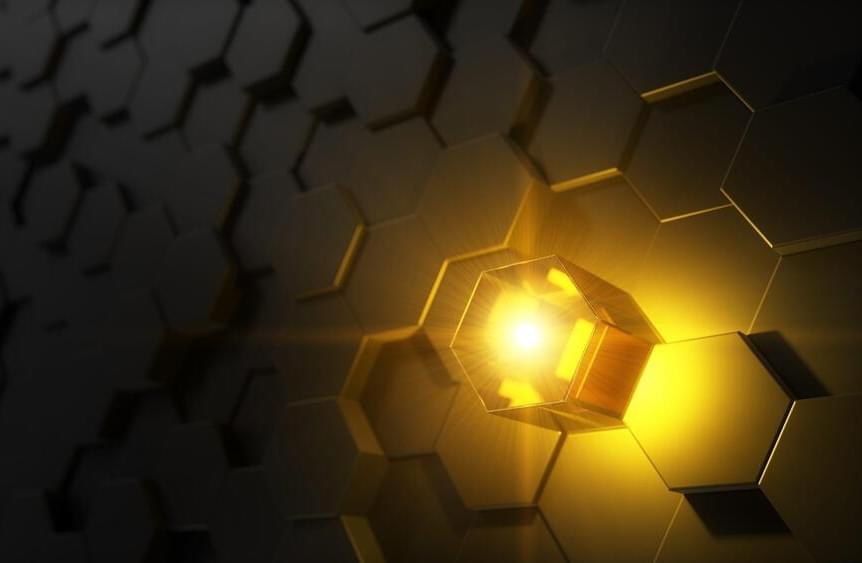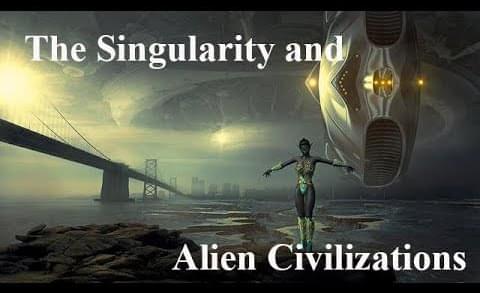Sep 17, 2022
Our Universe Resides In the Center of a Black Hole, New Theory reveals
Posted by Dan Breeden in categories: alien life, quantum physics
What’s our position in the universe? Some astronomers believe that the relative emptiness in our location in space may be why we haven’t found other intelligent life yet. It may even go beyond that. One theory states that our universe is actually trapped inside a giant black hole, which itself is part of a much larger cosmos.
It all centers on a very different theory of what exactly a black hole is. The usual general understanding is nothing can escape a black hole’s intense gravity, not even light. Called the black hole information paradox, it’s thought that even the information about an object that gets sucked in vanishes into oblivion. But therein lies a problem.
This understanding violates a certain rule in quantum mechanics known as “unitarity,” which states that information can never be completely lost. Some trace of it will always remain. So how can scientists get over the hump?


















